Understanding the 4 Levels of PCI Compliance
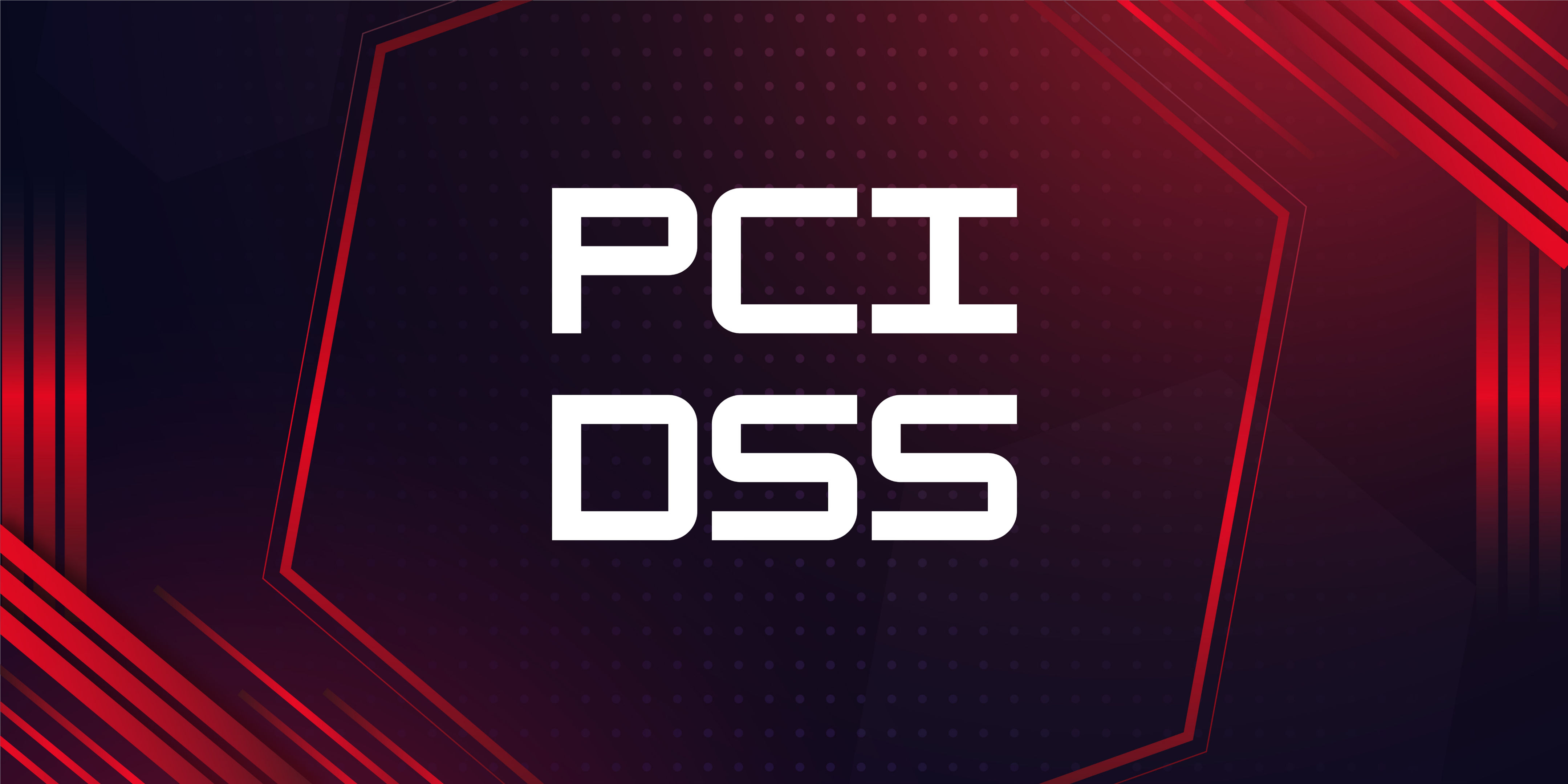
What is PCI DSS Compliance?
Definition and Purpose of PCI DSS
PCI DSS (Payment Card Industry Data Security Standard) is a set of essential security guidelines that businesses follow to protect credit card information. These standards apply to any company that handles credit card transactions, whether they are processing, storing, or transmitting cardholder data. The main goal of PCI DSS is to ensure a secure environment for these transactions, safeguarding against data breaches and fraud. It covers various aspects of security, from maintaining secure networks to implementing strong access controls and regularly testing systems. Adhering to PCI DSS helps businesses protect their customers' financial data and maintain trust in their security practices.
Key Components of PCI DSS
The Payment Card Industry Data Security Standard (PCI DSS) includes several key components to ensure the safety of cardholder data in business transactions:
- Secure Network Maintenance: Businesses must secure their networks where cardholder data is handled, using firewalls and encryption for data protection.
- Cardholder Data Protection: This involves encrypting stored card information and employing data protection methods to prevent unauthorized access.
- Strong Access Control: Access to sensitive data should be restricted and controlled, with verification of identities using unique IDs and passwords.
- Regular Network Monitoring and Testing: Continuously monitoring and testing networks help identify and address vulnerabilities in the security system.
- Information Security Policy: Companies should have a formal policy for information security, regularly reviewed and updated to address new security challenges.
- Vulnerability Management Program: Implementing and updating antivirus software and other security measures are crucial for defending against threats.
- Employee Education and Training: Regular training ensures that staff are aware of security protocols and the importance of protecting cardholder data.
A Brief Background on PCI DSS Compliance

History of PCI DSS
The Payment Card Industry Data Security Standard (PCI DSS) was developed in 2004 by major credit card companies as a response to the increasing number of data breaches and fraud incidents related to credit card transactions. This initiative aimed to establish a unified set of security standards to protect cardholder data across all businesses that process card payments. The standard was created to reduce the risk of security breaches and to ensure customer trust in electronic payment systems. Over time, PCI DSS has been regularly updated to tackle emerging threats and adapt to new technologies in the payment industry, maintaining its effectiveness in safeguarding sensitive payment information.
Evolving Nature of Payment Card Security
The Payment Card Industry Data Security Standard (PCI DSS) has evolved to keep up with changing technologies and emerging threats in digital payments. Initially focused on safeguarding cardholder data, its updates have included stronger encryption, better authentication methods, and adapting to new payment technologies like online and mobile transactions. These changes ensure PCI DSS remains effective against sophisticated cyber threats, protecting sensitive payment information in an increasingly digital world. This continuous evolution highlights the commitment to maintaining high-security standards in the payment card industry.
What Are the PCI Compliance Levels?
Overview of the Levels and Their Significance
The PCI compliance levels classify businesses based on their transaction volume, determining the level of security measures they need to implement. Level 1, the most stringent, is for merchants processing over 6 million transactions a year and requires an annual external audit, while Level 2 to 4, for merchants with fewer transactions, involves simpler assessments like self-questionnaires. This tiered approach ensures that businesses of all sizes can maintain appropriate security standards without being burdened by unnecessary requirements.

Why Merchant Levels Are Used
Rationale Behind Differentiating Merchant Levels
Differentiating merchant levels according to the PCI DSS standards is a strategic approach to address the diverse security needs and risk profiles of businesses of varying sizes and transaction volumes. This categorization allows for the application of more tailored and appropriate security requirements, ensuring that smaller merchants are not overwhelmed by overly stringent demands while larger merchants with higher risk levels are adequately protected. By aligning the PCI DSS requirements with the specific risks and operational scales of different merchants, the overall security of payment card data across the ecosystem is enhanced, benefiting both consumers and businesses.
How Merchant Levels Enhance Security
The establishment of merchant levels within the PCI DSS framework enhances security by ensuring that the intensity of security measures corresponds to the level of risk associated with transaction volumes. Higher-volume merchants, who process a large number of transactions, are subject to more rigorous security standards due to their increased exposure to potential breaches. This approach not only prioritizes resources towards areas of greater risk but also supports a more efficient allocation of security efforts across the merchant spectrum, leading to a more resilient payment card industry.
Who Do PCI DSS Levels Apply To?
Scope of PCI DSS Across Various Business Types
The Payment Card Industry Data Security Standard (PCI DSS) is a universal set of requirements designed to ensure the safe handling of cardholder data across various types of businesses:
- All Sizes and Types: PCI DSS applies to any organization, no matter its size, that accepts, processes, or transmits cardholder data.
- Across Sectors: This includes businesses in various sectors, such as retail, hospitality, and services, both online and offline.
- Universal Application: From small local shops and e-commerce platforms to large multinational corporations, all must adhere to PCI DSS if they handle payment card information.
- Consistent Protection: Its broad scope ensures consistent protection of cardholder data at every transaction point, regardless of the business type or size.
- Global Payment Security: By applying to all businesses handling card payments, PCI DSS contributes to the security of the global payment ecosystem.
What Are the 4 PCI Compliance Levels?
PCI Level 1 Compliance: For Global Retailers and Enterprises
This highest level of compliance, for merchants processing over 6 million card transactions per year, involves stringent security measures and requires an annual Report on Compliance (ROC) by a Qualified Security Assessor (QSA).
PCI Level 2 Compliance: For Regional and Mid-Sized Enterprises
Applicable to merchants processing between 1 to 6 million transactions annually, this level typically requires a Self-Assessment Questionnaire (SAQ) along with a vulnerability scan by an Approved Scanning Vendor (ASV).
PCI Level 3 Compliance: For Medium-Sized Businesses
Designed for merchants handling 20,000 to 1 million transactions per year, Level 3 requires merchants to complete an SAQ and undergo an ASV scan to ensure compliance.
PCI Level 4 Compliance: For Small, Local Businesses
This level covers merchants processing fewer than 20,000 transactions annually and is geared towards ensuring smaller businesses also adhere to essential security practices, typically involving an SAQ and may require an ASV scan.

Determining Your PCI Merchant Level
Criteria for Each Level
The annual volume of card transactions a merchant processes is the key factor in determining their PCI compliance level, with higher transaction volumes requiring more rigorous compliance measures to reflect the increased risk.
Self-Assessment and External Audits
While businesses at lower levels typically complete a Self-Assessment Questionnaire (SAQ) to evaluate their compliance, those at higher levels, especially Level 1, are subject to more thorough external audits by Qualified Security Assessors (QSAs) to ensure stringent adherence to PCI DSS standards.
What Happens if You Don’t Comply with PCI DSS?
Consequences of Non-Compliance
In addition to fines, increased transaction fees, and potential loss of card processing capabilities, non-compliance with PCI DSS can also lead to significant reputational damage, eroding customer trust and potentially leading to a loss of business. This reputational impact can have long-term effects on a company's standing and profitability, making compliance not just a regulatory requirement but also a critical component of business integrity and customer relations.
Real-World Examples of Compliance Failures
Real-world instances of compliance failures with PCI DSS provide stark reminders of the risks involved. Here are some notable examples:
- Target (2013): Hackers stole data from 40 million customers due to security shortcomings, resulting in an $18.5 million settlement and reputational damage.
- Home Depot (2014): A breach compromised 56 million customers' payment information, leading to a $19.5 million settlement and loss of customer trust.
- TJX Companies Inc. (2007): Over 45 million customers were affected by a breach, costing the company $9.75 million in settlements.
- Heartland Payment Systems (2008): A major breach exposed 134 million credit cards, with the aftermath costing over $110 million and harming the company's reputation.

Bringing Your Business Up to Standard
Steps to Achieve Compliance
Achieving compliance requires assessing existing security measures, fixing vulnerabilities, and adopting necessary controls. This process ensures organizations meet regulatory standards and strengthens their defenses against cyber threats, protecting sensitive information effectively.
Best Practices for Maintaining Compliance
Maintaining compliance involves regular policy reviews, continuous employee training, and staying updated with compliance standards updates. These practices help organizations adapt to changing security requirements, ensuring ongoing protection of sensitive data.
How Much Does It Cost to Become PCI Compliant?
Factors Influencing Compliance Costs
The cost of achieving compliance with standards such as PCI DSS is influenced by several factors, including the merchant's classification level, which reflects the volume of transactions processed, the complexity of the business's card processing environment, and the state of the existing security infrastructure. Merchants with larger volumes of transactions and more complex processing systems may face higher costs due to the need for more advanced security measures and controls. Additionally, businesses with outdated or insufficient security infrastructure might incur additional expenses to upgrade their systems to meet compliance requirements.
Cost-Effective Strategies for Compliance
For smaller businesses looking to achieve compliance without incurring prohibitive costs, several cost-effective strategies can be employed. One approach is utilizing validated payment software that meets compliance standards, which can simplify the security requirements for processing card payments. Another strategy is outsourcing certain aspects of card processing to third-party vendors who specialize in secure payment solutions, thereby reducing the need for extensive in-house security upgrades and maintenance.

The Future of PCI DSS Compliance
Emerging Trends in Payment Security
The landscape of payment security is rapidly evolving, driven by technological advancements and shifts in consumer payment behaviors. These changes necessitate continuous updates to PCI DSS compliance standards to address new security challenges and protect against emerging threats. As a result, businesses must adapt their security measures to keep pace with these developments, ensuring that their payment processing systems remain secure and compliant.
Preparing for Future Compliance Requirements
To prepare for future compliance requirements, businesses need to stay abreast of anticipated changes in the PCI DSS standards and the broader payment security environment. This proactive approach allows companies to adjust their security practices and infrastructure in advance, ensuring they remain compliant as new standards are implemented. Staying informed and adaptable is crucial in navigating the evolving landscape of payment security.
PCI Compliance and Your Business: A Strategic Approach

Integrating Compliance into Business Strategy
Integrating compliance into the overall business strategy allows organizations to align their security measures with business goals effectively. Viewing PCI DSS compliance not just as a regulatory requirement but as a strategic component of the business ensures that security initiatives support business objectives, including protecting customer data and maintaining trust. This strategic alignment can enhance operational efficiency and contribute to the organization's success.
Leveraging Compliance for Competitive Advantage
Leveraging compliance with PCI DSS and other security standards as a competitive advantage can significantly enhance customer trust and loyalty. Demonstrating a commitment to security can differentiate a business in a crowded market, where consumers are increasingly concerned about the safety of their personal and financial information. Effective compliance not only meets regulatory requirements but also signals to customers that a business values and protects their data, providing a substantial competitive edge.
Conclusion
At RedZone Technologies, we get how important it is to keep customer card information safe. Following PCI DSS rules isn't just about avoiding fines; it's about protecting your customers and earning their trust. Knowing the different levels of compliance and making them a part of how you do business is key to keeping payments secure. If you're looking for some friendly advice on PCI compliance, we're here to help. Our team can work with you to create a plan that fits your business perfectly. With RedZone Technologies, keeping customer data safe is simpler than you think.
 Security Updates
Security UpdatesUnderstanding IT Compliance: Scope, Benefits, and Challenges
Discover what IT compliance is, its importance, benefits, risks of non-compliance, frameworks, and how to achieve robust IT compliance in your organization.
 Security Updates
Security UpdatesImplement Secure Browsing with Powerful SSL Decryption
Explore the essentials of SSL decryption, its importance, challenges, and best practices for enhancing security and compliance for business in a detailed guide
 Security Updates
Security UpdatesTransitioning from Proxy Firewalls to Endpoint Security
Explore the evolution from proxy firewalls to endpoint security, enhanced threat detection, data encryption, and comprehensive protection for modern networks.
 Security Updates
Security UpdatesExpert IT Risk Assessment: Protect Your Business Today!
Mitigate potential IT threats with our comprehensive risk assessment guide, ensuring your digital infrastructure. Ensure your business is secure an...
 Security Updates
Security UpdatesEssential Guide to Best Practices in Compliance Security
Explore essential strategies for compliance security in this comprehensive guide. Learn about safeguarding your business and meeting regulatory sta...
 Security Updates
Security UpdatesSecure Your Data with Expert Cloud Database Solutions
Learn efficient solutions and secure your cloud databases with encryption and compliance features, ensuring data safety and privacy across all plat...
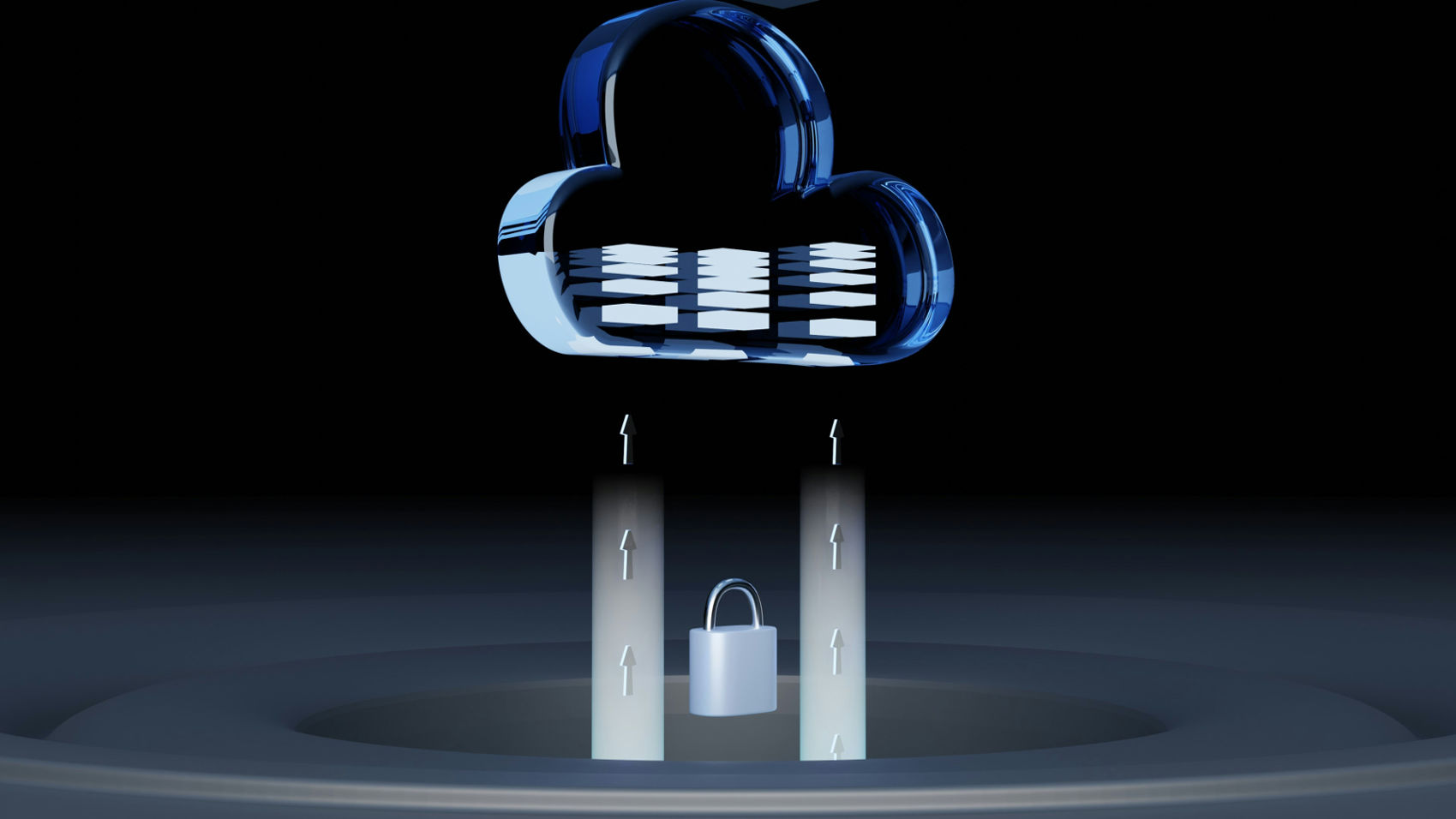 Security Updates
Security UpdatesA Guide to Cloud Network Technology: Benefits and Types
Unlock the potential of cloud network technology for seamless connectivity. Learn and scale solutions that drive business innovation and growth via...
 Security Updates
Security UpdatesAffordable Managed IT Services for Small Businesses
Explore top-managed IT services for small businesses to boost efficiency and security. Get expert insights and practical tips to optimize your IT o...
 Security Updates
Security UpdatesSecure Your Network with Gateway Security Solutions
Explore the essentials of gateway security: learn about its importance for network protection and best practices to safeguard your digital assets e...
 Security Updates
Security UpdatesDisaster Recovery Testing: Ensure Business Continuity
Explore effective disaster recovery testing strategies in this guide to maintain business continuity, prevent data loss, and minimize downtime duri...
 Security Updates
Security UpdatesMaximizing Security: Vulnerability Management Lifecycle
Explore the complete guide to the Vulnerability Management Lifecycle to boost your cyber resilience and secure your business IT infrastructure effe...
 Security Updates
Security UpdatesYour Network with Endpoint Security Management
Explore our comprehensive guide on Endpoint Security Management to understand its importance, how it works, and best practices for robust network s...
 Security Updates
Security UpdatesEnsuring Security Compliance: Tips, Insights & Strategies
Discover the essentials of security compliance, its importance, frameworks, and tools. Learn how to protect data and meet regulatory standards effe...
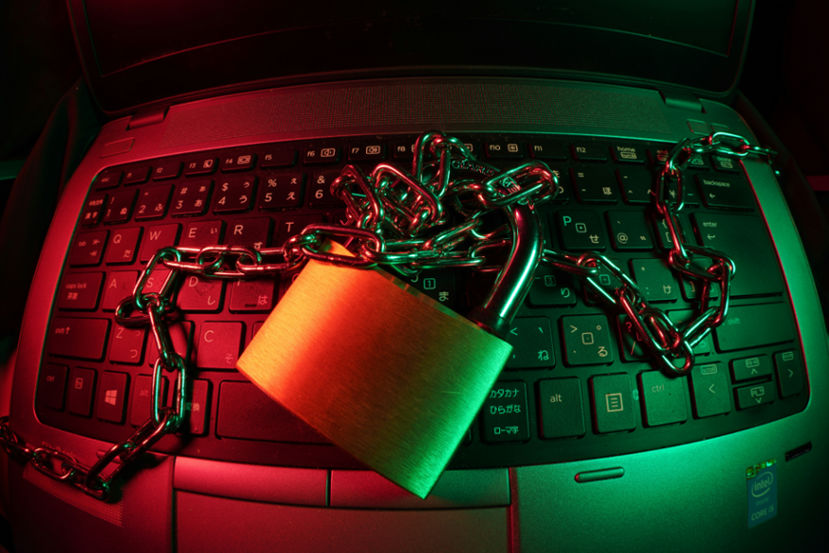 Security Updates
Security UpdatesBoost Your Security with Internal Penetration Testing
Dive into internal penetration testing with our in-depth guide. Learn the essentials, techniques, and best practices to fortify your cybersecurity ...
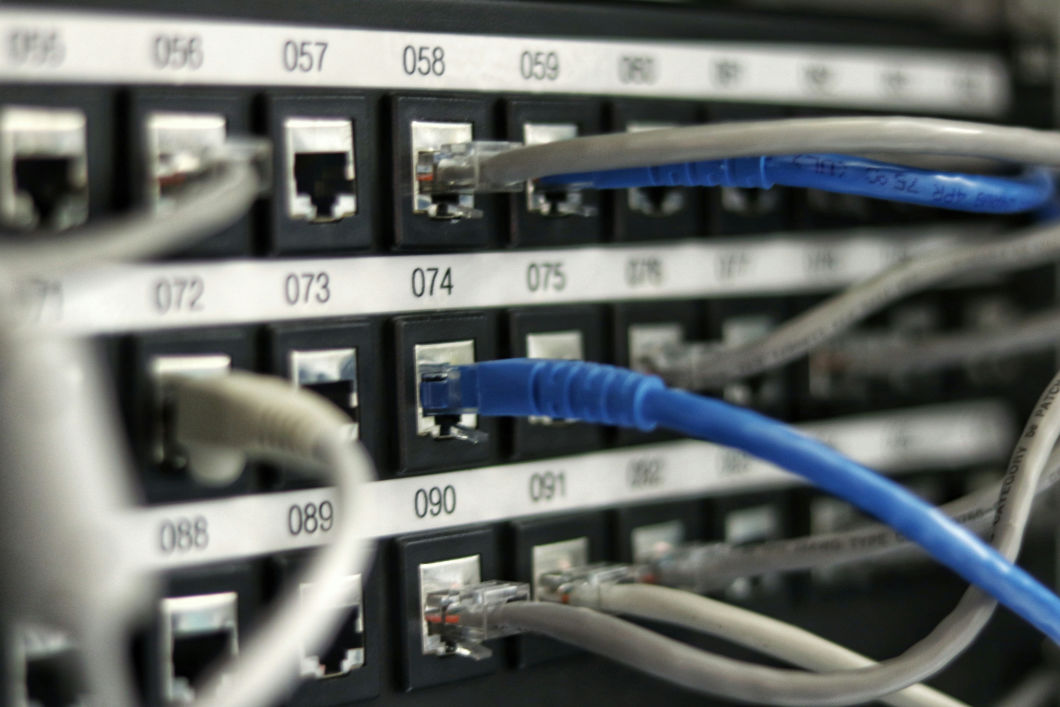 Security Updates
Security UpdatesEgress vs Ingress: A Guide to Data Traffic Management
Understand Egress vs Ingress in data management. Learn and explore their roles, traffic analysis, risks, and best practices for network and cloud s...
 Security Updates
Security UpdatesPrevent Credential Harvesting to Protect Your Precious Data
Understand credential harvesting. Learn how it works, common techniques, its impact, and strategies to prevent and mitigate attacks to secure your ...
 Security Updates
Security UpdatesSecure Your Big Data: Top Solutions for Data Security
Protect your valuable data with our robust big data security solutions. Learn about the threats and Safeguard against cyber threats and ensure comp...
 Security Updates
Security UpdatesSecure Your Network with Advanced Management Solutions
Explore the details of comprehensive network security management: Learn key strategies, best practices, and tools to safeguard your digital environ...
 Security Updates
Security UpdatesGuide to On-Path Attacks: Protecting Your Cybersecurity
Learn about on-path attacks in this comprehensive guide, exploring definitions, types, consequences, and key prevention strategies to safeguard you...
 Security Updates
Security UpdatesExploring Managed Cloud Services: A Comprehensive Guide
Dive into the Managed Cloud Services with our in-depth guide. Explore benefits, types, and best practices to enhance your business's cloud strategy...
 Security Updates
Security UpdatesComprehensive Guide to Ubiquitous Computing: Impact & Future
Explore the details of ubiquitous computing, from its core concepts and layers to its societal impact, key technologies, applications, and future p...
 Security Updates
Security UpdatesClone Phishing Explained: Detection and Prevention Guide
Discover how clone phishing works and its impact. Learn effective strategies to identify, prevent, and respond to these sophisticated email threats...
 Security Updates
Security UpdatesHow to Secure Your Business with Cyber Security Insurance
Explore the essentials of Cyber Security Insurance, covering its importance, types of coverage, benefits, and considerations for businesses in the ...
 Security Updates
Security UpdatesEfficient Data Spooling Solutions For Streamlined Operation
Learn How To Efficiently Manage And Store Your Data With Our Reliable Data Spooling Services. Keep Your Information Organized And Accessible With T...
 Security Updates
Security UpdatesMaximizing Compliance & Risk Management: Expert Strategies
Learn how to ensure business success with effective compliance and risk management strategies. Explore definitions, differences, frameworks, and ch...
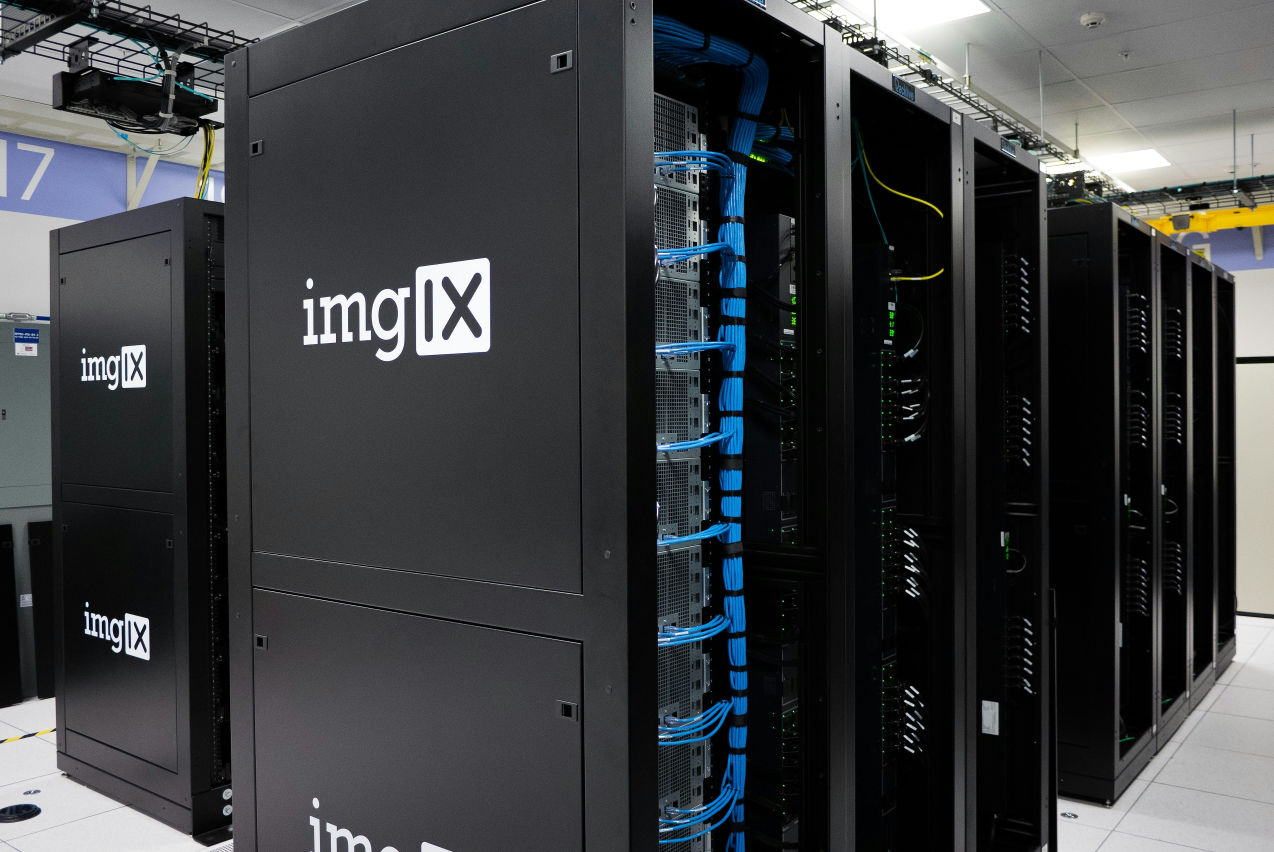 Security Updates
Security UpdatesUnderstanding MDF vs IDF: Key Differences & Benefits
Explore the crucial differences and examples between MDF and IDF in networking, understanding their roles, functions, and impact on network infrast...
 Security Updates
Security UpdatesRedZone Wins CRN's Top Security 100 & MSP 500 Awards 2024
RedZone Technologies earns CRN's Security 100 & MSP 500 Awards, affirming its leadership and innovative approach in the cybersecurity and IT manage...
 Security Updates
Security UpdatesJames Crifasi Speaks on Cybersecurity at Tech Conference
Join James Crifasi, CTO & COO of RedZone Technologies, at the Tech Conference as he explores cybersecurity's role in driving business growth and ad...
 Security Updates
Security UpdatesRedZone's James Crifasi Wins SonicWall's Technical Hero Award
CTO James Crifasi of RedZone Technologies earns SonicWall's Technical Hero of the Year, exemplifying unparalleled dedication to cybersecurity and I...
 Security Updates
Security UpdatesHow to Encrypt Email in Outlook
Learn how to encrypt email in Outlook with our step-by-step guide. Secure your messages using S/MIME, Office 365 Encryption OME, and add-ins for pr...
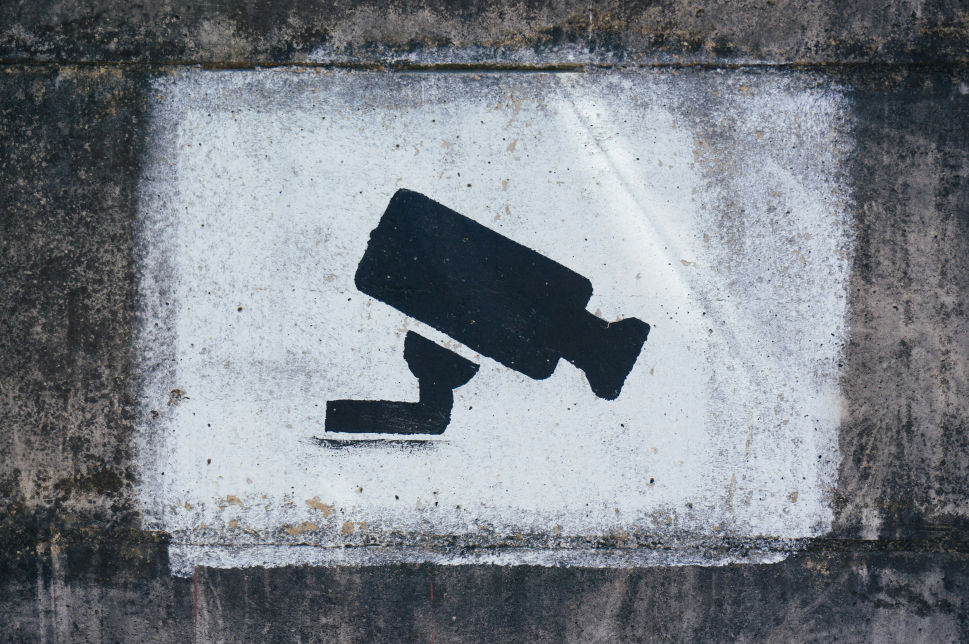 Security Updates
Security UpdatesWhat Is Security Monitoring? Importance and Tools
Explore the importance of security monitoring, its key roles, types, and how it protects organizations against threats, ensuring compliance and pro...
 Security Updates
Security UpdatesServer 2012 R2 End of Life: Implications and Next Steps
Learn about Server 2012 R2 end of life: Understand its impact, key dates, risks post-EOL, and explore upgrade options and migration strategies for ...
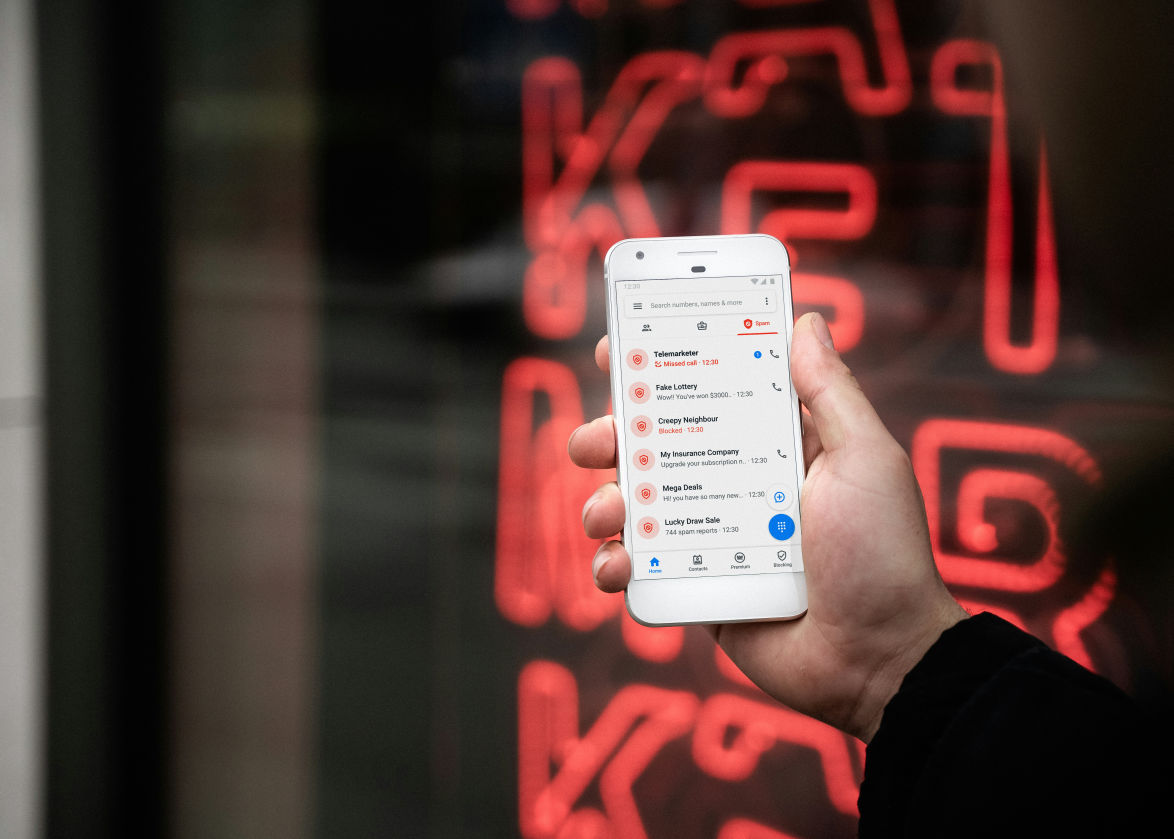 Security Updates
Security UpdatesProtect Personal Data: Smishing and Phishing Prevention
Know how to identify and protect against smishing and phishing attacks. Learn the techniques, types, and preventive measures for personal and busin...
 Security Updates
Security UpdatesSmurf Attack Guide: Prevention & Detection Strategies
Explore prevention & recovery from Smurf Attacks: Understand DDoS defense, detection signs, and secure network practices in our detailed cybersecur...
 Security Updates
Security UpdatesWhat is a Bad USB Attack, and How Do You Prevent It?
Learn about Bad USB attacks, their various forms, and strategies for safeguarding devices. Learn how to mitigate risks with effective prevention te...
 Security Updates
Security UpdatesKey Differences Between DOS Attack vs DDOS Attack
Explore the key differences between DDoS vs DoS attacks, their types, impacts, and prevention strategies in our comprehensive guide to enhance cybe...
 Security Updates
Security UpdatesUnderstanding the Impact of a Ping of Death Attack
Explore the ins and outs of Ping of Death attacks. Understand how they work, their impact on networks, and strategies to prevent them to keep your ...
 Security Updates
Security UpdatesThe Power of the Human Firewall: Your First Line of Defense
Discover the critical role of the human firewall in cybersecurity, combining employee vigilance with technology to protect against cyber threats ef...
 Security Updates
Security UpdatesStateful Firewall vs. Stateless Firewalls: What's the Difference?
Learn the key differences between stateful and stateless firewalls and how they protect your network. Discover the right choice for your security n...
 Security Updates
Security UpdatesUnderstanding the 4 Levels of PCI Compliance
Explore PCI DSS Compliance with RedZone: Key steps to protect card data and ensure secure transactions. Learn about compliance levels and tips for ...
 Security Updates
Security UpdatesWhat Is a Security Breach and How to Prevent Them
Learn how to effectively guard your business against security breaches with RedZone Technologies. Discover simple steps to keep your data safe and ...
 Security Updates
Security UpdatesUnderstanding Tailgating in Cybersecurity
Understand tailgating attacks in cybersecurity: what they are, how they work, and effective strategies for prevention to keep your business...
 Security Updates
Security UpdatesWhat is a Managed Service Provider and Its Benefits
Explore the role of Managed Service Providers (MSPs) in enhancing IT efficiency and cybersecurity for businesses, covering benefits, servi...
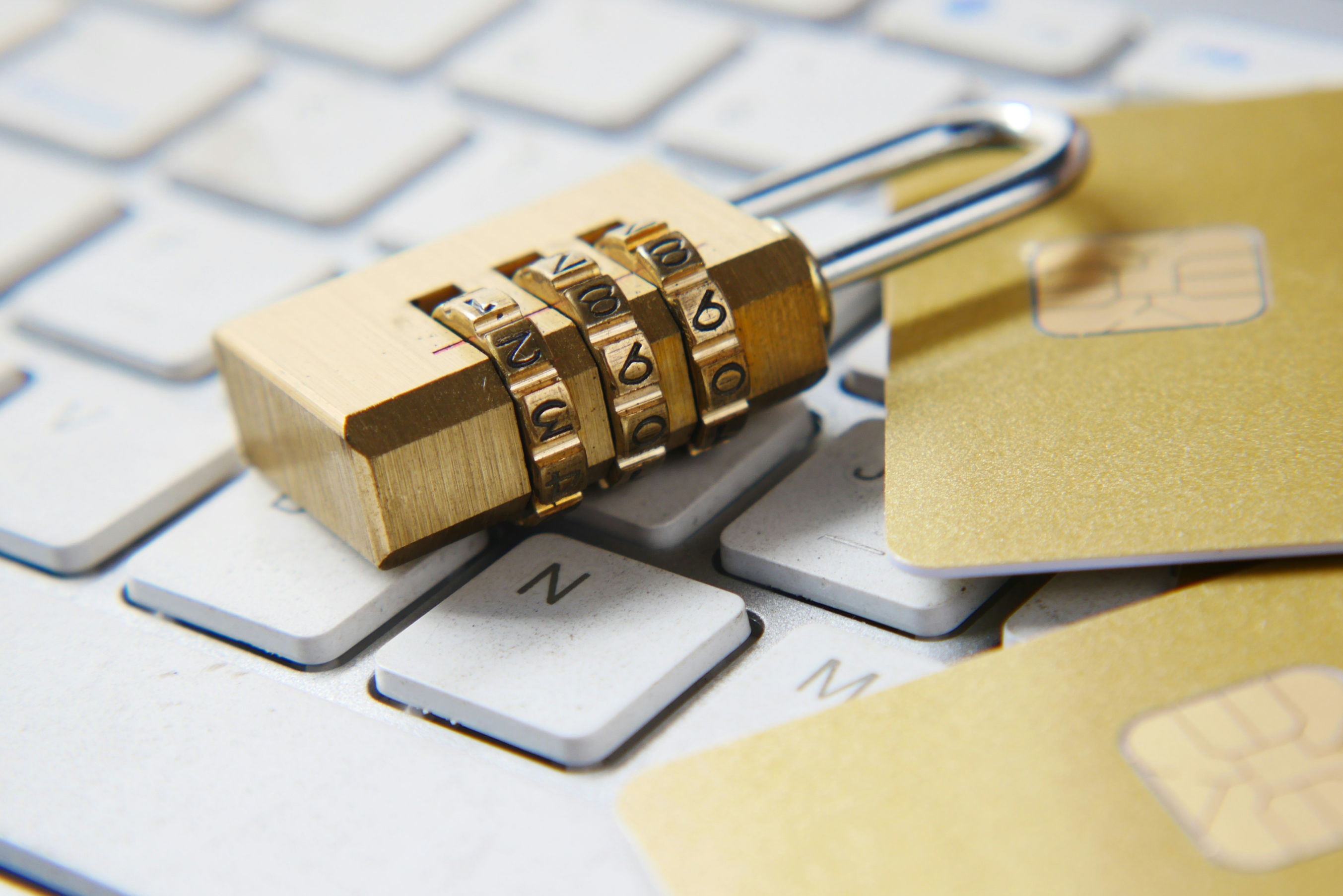 Security Updates
Security UpdatesBreach Prevention: 5 Best Practices to Protect Your Data
Learn about data breaches: what they are, their impact, and how to prevent them. Explore best practices for securing your business against cyber th...






